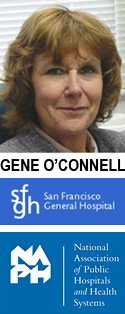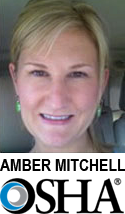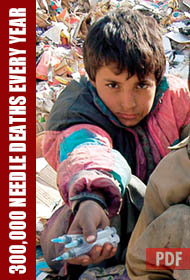Experts Speak Out
Sharps safety has fallen off the radar and there is a complacency to the extent that there will probably be a resurgence in injuries simply because there is no one to strongly advocate [for better technology].
—Mary Foley, RN, MS, PhD, past president, American Nurses Association, Nov. 2010
We know too many health care professionals are still at risk of a sharps injury and that more work needs to be done.
—Karen A. Daley, PhD, MPH, RN, FAAN - President, American Nurses Associantion, Nov. 2010
 By GENE O’CONNELL – RN, MS
By GENE O’CONNELL – RN, MS
Past Chair of National Association of Public Hospitals and Health Systems
Past CEO of San Francisco General Hospital
July 14, 2010
Mr. Jordan Barab
Deputy Assistant Secretary of Labor Occupational Safety and Health
U.S. Department of Labor
200 Constitution Avenue
Washington, D.C. 20210
RE: Bloodborne Pathogen Standard Review, July 2010
Dear Secretary Barab:
I am the former chair of the National Association of Public Hospitals and Health Systems, and was the CEO of San Francisco General Hospital and Trauma Center for over a decade before retiring in March of last year. San Francisco General is one of the nation’s top tertiary academic medical centers and safety net institutions, and has received numerous national awards including the 2008 American Medical Association Ethical Force Programs Awards for its patient centered communications initiative as well as recognition for many advances in emergency care and HIV treatment and research.
It is in everyone’s best interest that the United States has the most up-to-date and innovative technology that fully supports patient and health care workers’ safety.


